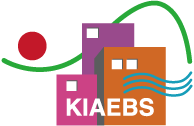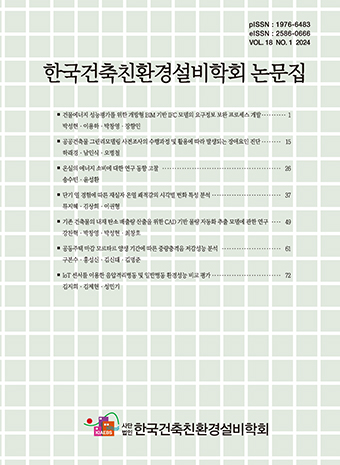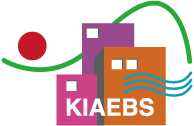Research Article
Abstract
References
Information
Tran, D.T., Alleman, L.Y., Coddeville, P., Galloo, J.C. (2017). Indoor particle dynamics in schools: Determination of air exchange rate, size-resolved particle deposition rate and penetration factor in real-life conditions. Indoor and Built Environment, 26(10), 1335-1350. DOI:
10.1177/1420326X15610798.
- Publisher :Korean Institute of Architectural Sustainable Environment and Building Systems
- Publisher(Ko) :한국건축친환경설비학회
- Journal Title :Journal of Korean Institute of Architectural Sustainable Environment and Building Systems
- Journal Title(Ko) :한국건축친환경설비학회논문집
- Volume : 16
- No :2
- Pages :119-131
- Received Date : 2021-10-12
- Revised Date : 2022-03-22
- Accepted Date : 2022-03-24
- DOI :https://doi.org/10.22696/jkiaebs.20220011




 Journal of Korean Institute of Architectural Sustainable Environment and Building Systems
Journal of Korean Institute of Architectural Sustainable Environment and Building Systems








